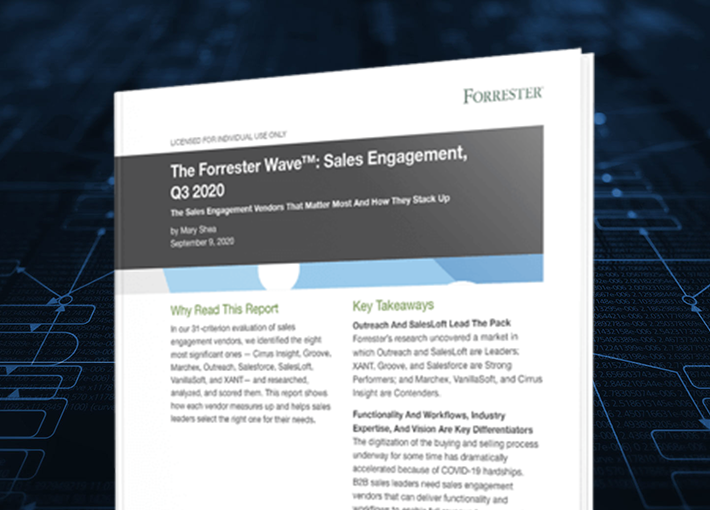Much of marketers’ focus is on following prospects’ digital cookie crumbs as they browse multiple sites. But according to BIA Kelsey’s 2017 Mobile Ad Revenue Forecast: Getting to $72 Billion, online advertising influences purchasing decisions, but over 90% of all transactions in today’s economy happen in a store, on the phone, or by appointment—not in an e-commerce shopping cart.
The challenge with this path to purchase is that once customers go offline, their actions can be tough to measure. As a marketer, you know your store is busy and your call center is ringing with calls. But what drove your prospect from online engagement to offline channels? If you can’t answer the question, you’ve just run into your company’s offline blind spot.
Bridging the online-to-offline gap
How often has the following happened to you? You’ve deployed your digital marketing campaign. Prospective customers are engaging. Everything is going great; all signs are pointing to a “yes”, and then—nothing. They’ve disappeared.
Or did they? There’s a solution to finding out where your prospect went. Today, marketers can leverage technologies to help them illuminate their company’s offline blind spot and take concrete steps toward reducing or eliminating it.
The importance of bridging the online-to-offline gap is critical. According to a recent Forrester report, phone customers convert faster, spend more, and remain more loyal. If your company depends on phone calls, identifying and mitigating your offline blind spot should be a priority.
Benefits of seeing the full customer journey
The right technologies can help your business optimize the path to purchase when online prospects become customers offline. The solution is a 360-degree view of your marketing channels, so you know what online tactics worked to drive calls and convert prospects to customers.
To learn how your company can connect online actions to offline transactions, download The Offline Blind Spot and the Modern Marketer.



